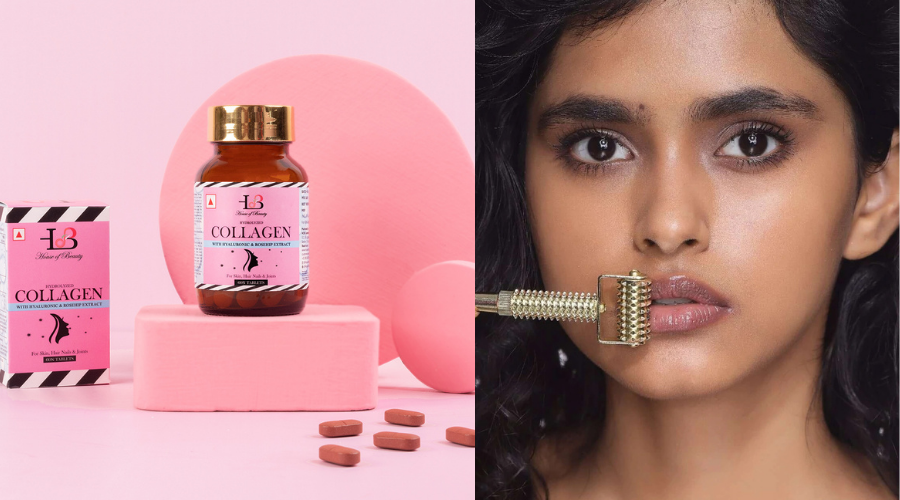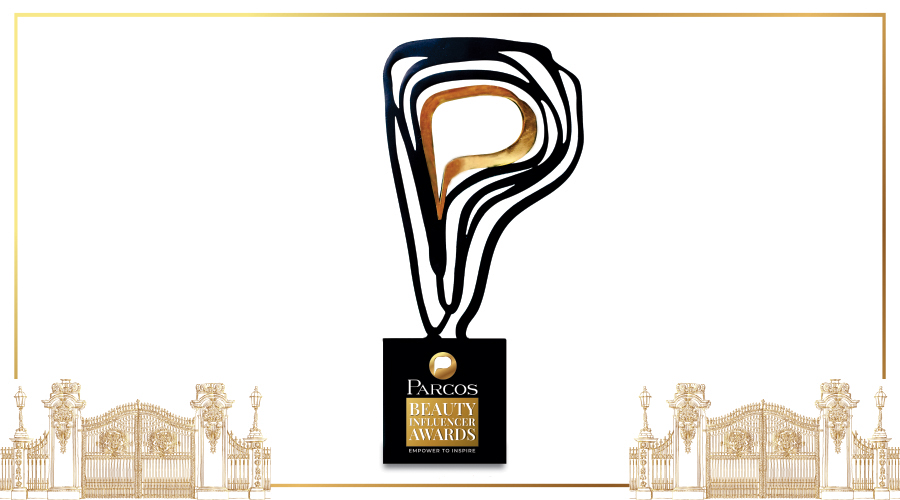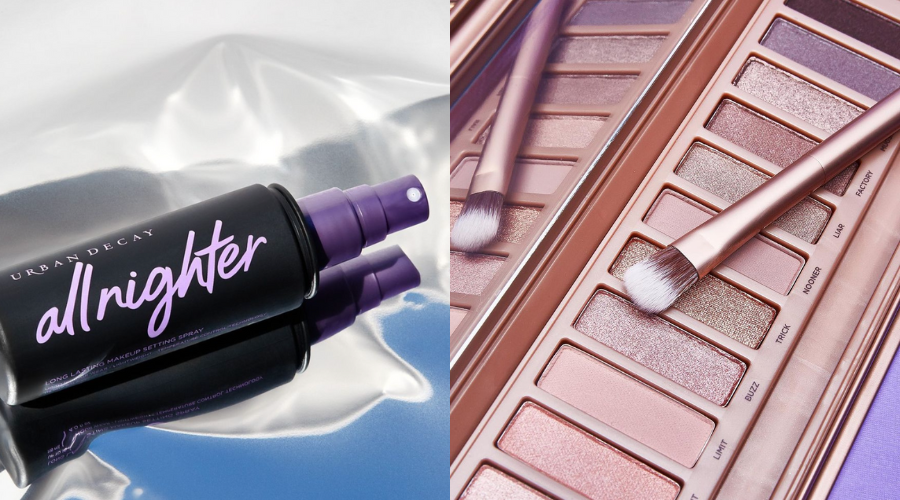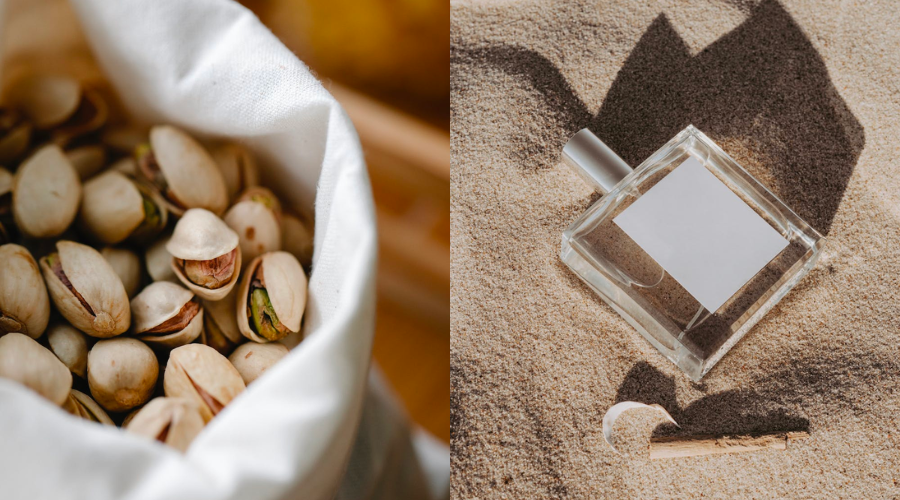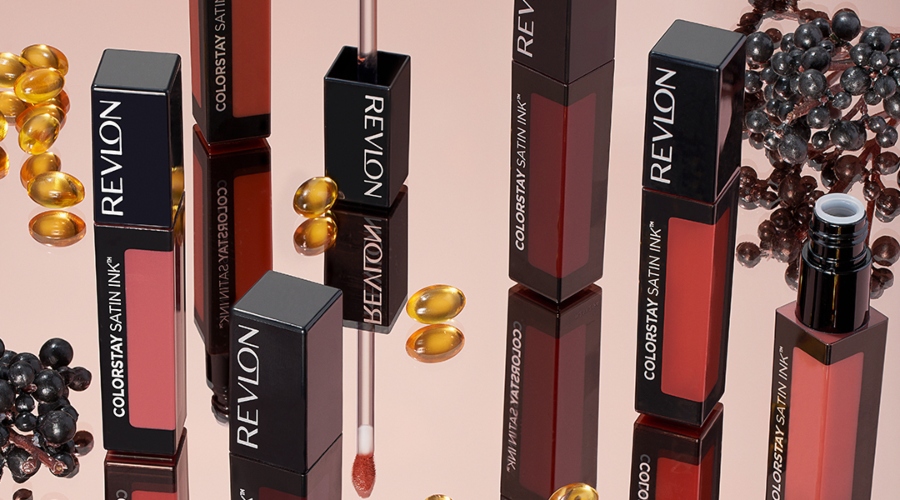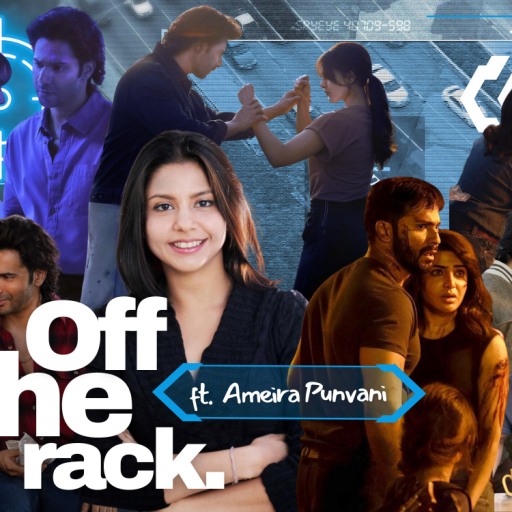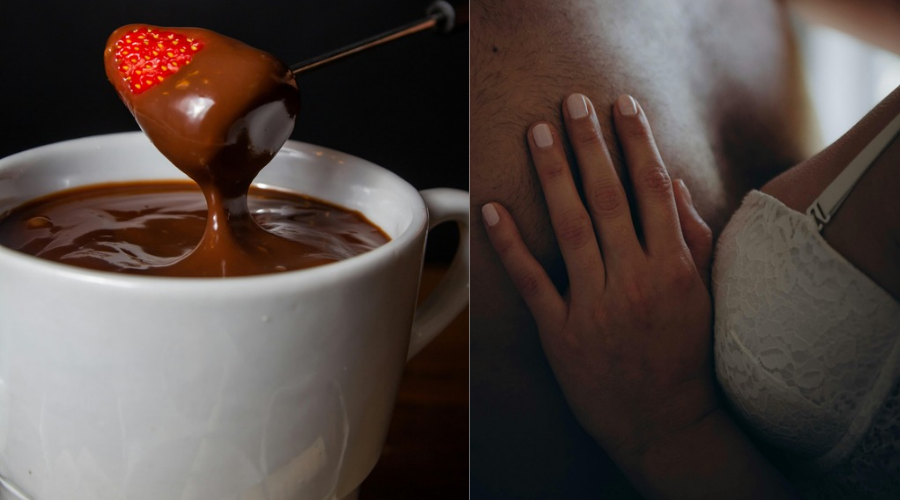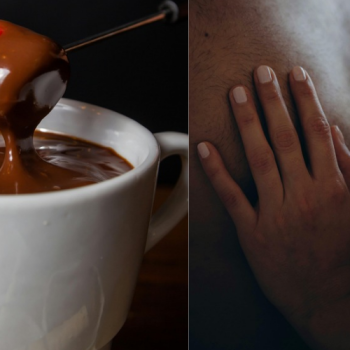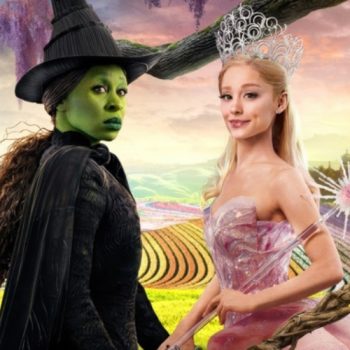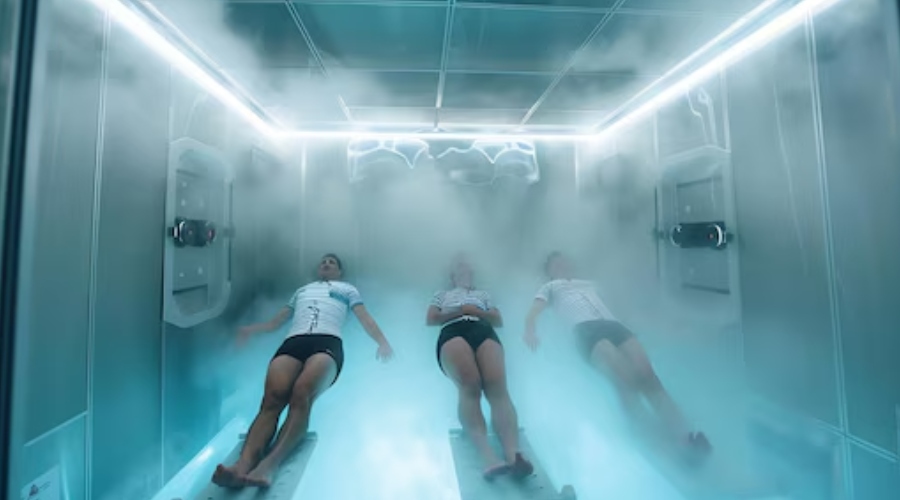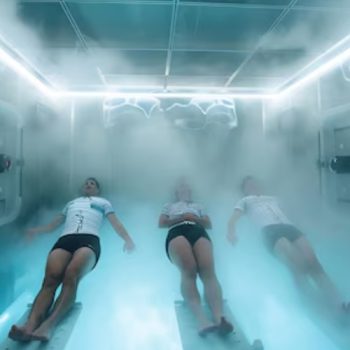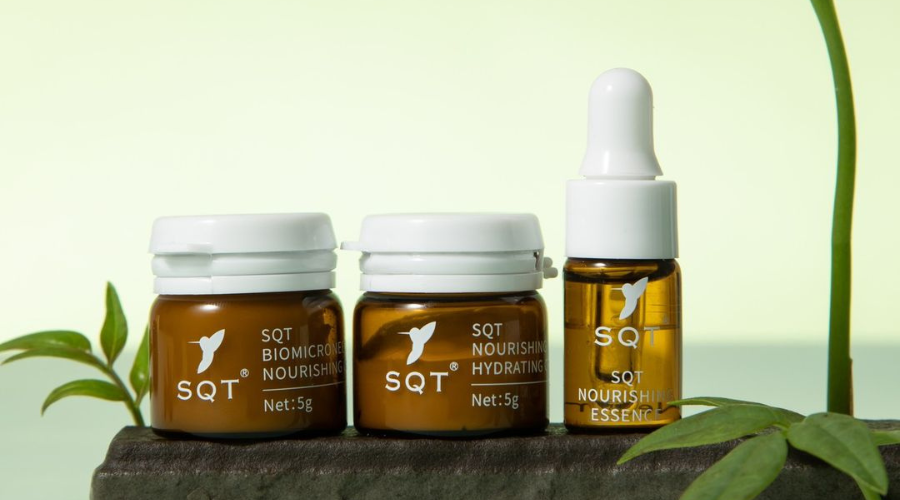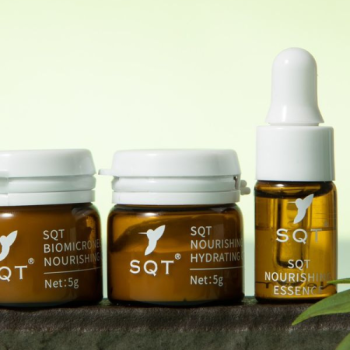Cosmetics giant Revlon Inc’s origin story is as impressive as its 90-year-long legacy. Founded in 1932 in NYC, the iconic beauty brand was the first to bring pigment-based nail enamels, instead of dye-based ones, into the market. Since then, the brand has branched out to skincare, fragrances and the hair colour segment. It has been associated with the most prominent Hollywood starlets and fashion’s top supermodels. Revlon recently announced rap sensation Megan Thee Stallion as their global ambassador. In terms of scope of reach, Revlon is one of the top three global mass cosmetics brands, selling across 150 countries.
Despite the legacy factor, sheer size and associations with ‘IT’ celebrities, the company has filed for Chapter 11 Bankruptcy protection in the US. Except for UK and Canada, its international subsidiaries have been exempt from bankruptcy proceedings. The declaration hopes to allow the brand some time to clear its debts, repay creditors, revive a broken supply chain channel and hit refresh on its marketing strategies.
The Pandemic And Revlon Bankruptcy
Revlon joins the ranks of other iconic retailers like J.C.Penny and Brooks Brothers, who also filed for bankruptcy protection during the pandemic. Earlier this year, Becca Cosmetics, a cult-favourite beauty brand for its iconic highlighters, went the same route, citing pandemic challenges. What’s surprising is that at home, we witnessed a different scene. The personal care and grooming market grew, along with it, the companies that had a stake in it. MNCs and homegrown labels in India managed to stay afloat.
Not just at home, startup and celebrity-led beauty brands globally saw a garnered intrigue from consumers who couldn’t wait to get their hands on the new launches. Kylie Jenner and Rihanna are just a few big names who converted many mass consumers into their target audience. Even at home, homegrown labels offering quality products at affordable prices did good business during the pandemic. These factors beg the question, what went wrong with a brand like Revlon? The learnings from this market decision sound like a cautionary tale for brands big and small.
What Beauty Brands Can Learn From Revlon’s Struggles
In a recent interview with Vineeta Singh, Co-founder & CEO SUGAR Cosmetics, we discussed the homegrown label’s strategies of staying relevant in the pandemic, despite being a colour cosmetics brand. The young entrepreneur revealed, “As the pandemic started, we witnessed a shift of consumer purchases to eyes, face, and skin categories. However, in spite of the mask mandate, even during the lockdown, the sales of lipsticks remained the highest of any other makeup category. SUGAR Cosmetics always paid specific emphasis on smudge-proof and transfer-proof lipsticks. With these offerings in place, women could wear their favourite lipstick shades under their masks, and this, with the robust impact of ‘The Lipstick Effect’, was another contributing factor to our growth. We also saw a surge in the sales of hybrid makeup products that came with benefits of skincare, like our illuminating moisturiser. We ensured that our new launches were all relevant to consumer demands.”
Vineeta also reveals the importance of upgrading digital channels to keep team communication effective while working remotely. A dynamic attitude towards product launches and the ability to stay limber in an ever-changing market is now essential to survive in the modern beauty scene. Consumers are more intelligent, more informed about beauty labels and ingredients and crave a fulfilling shopping experience. Relying on legacy products and just brand names won’t be enough. Revlon’s story also touches upon some key learnings:
1. Locally sourced raw materials lead to lesser supply chain bottlenecks, so going local may benefit a brand in more challenging times.
2. Smaller product ranges allow the brands to focus on unique and specialised products. Homegrown label d’you made profits during the pandemic with just one product on their portfolio – a multi-action serum that simplifies your routine.
3. Investing in digital channels to improve your reach is crucial. Revlon primarily relied on its retail presence to do business, which did not pay off when the world went into remote living.
4. Product innovation is key to staying relevant in the market. Tula Skincare, a lifestyle brand founded by practising gastroenterologist Dr Roshini Raj, focused on effectively infusing probiotics with cosmetic products to offer consumers ‘healthy skin foods’. The fresh formulas immediately grabbed consumers’ attention, monetising on a more experimental consumer base that existed 10 years ago.
5. Talk to your target audience! Legacy brands often struggle to communicate and stay in touch with an evolving consumer base. Speaking to your customers allows fresh perspective to bleed into your business, which will attract repeat buys and maybe even new consumers. Fashion brands like Balenciaga and Versace have managed to stay relevant and be the hot new thing by improving their brand communication.
In conclusion, an open mind and adaptive nature is essential to not just survive but thrive in the modern beauty business. Here’s hoping that Revlon’s comeback remains as iconic as its early beginnings, setting a precedent for legacy brands to step out of their comfort zone and evolve with the new generation of beauty lovers.

